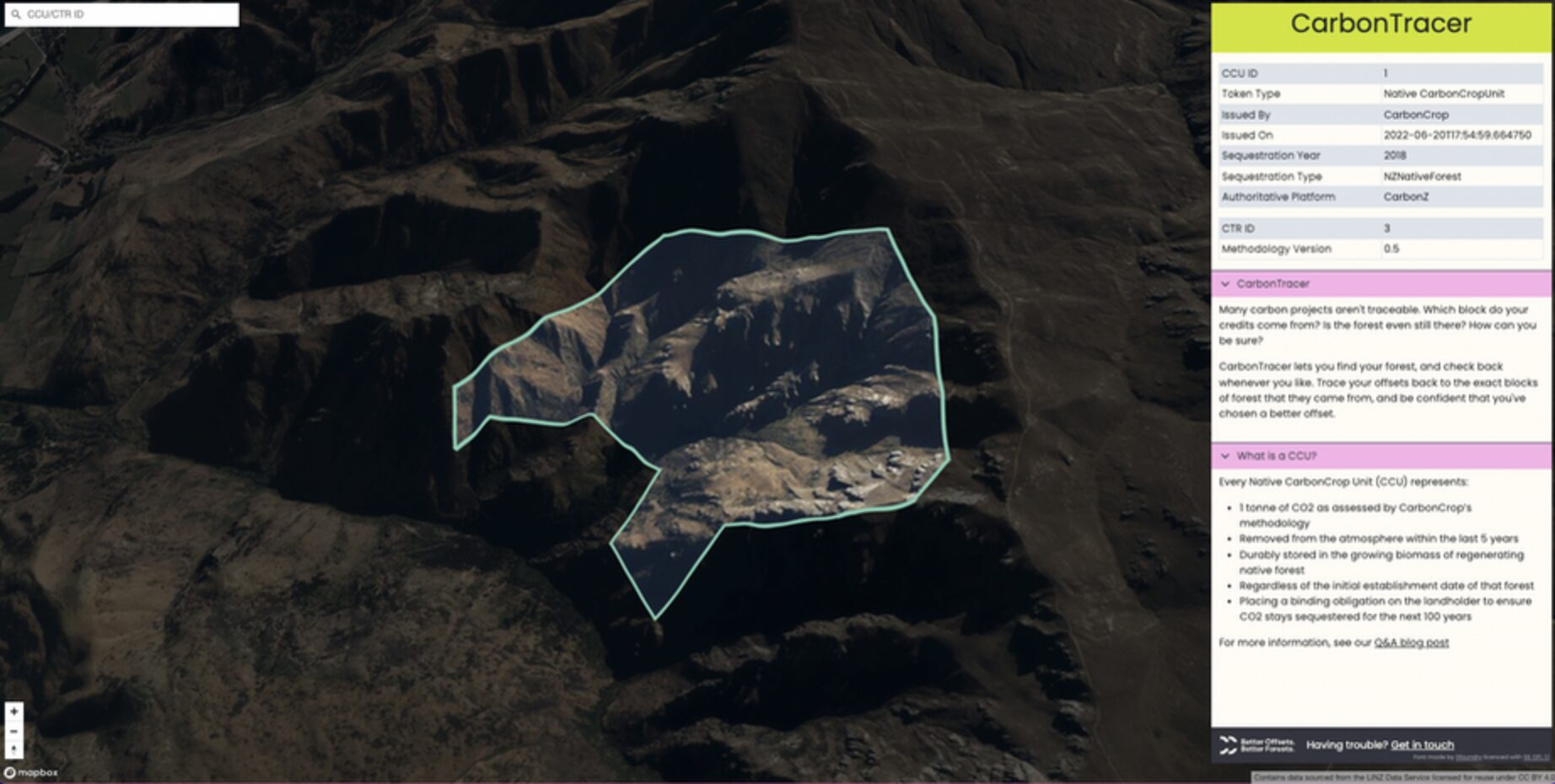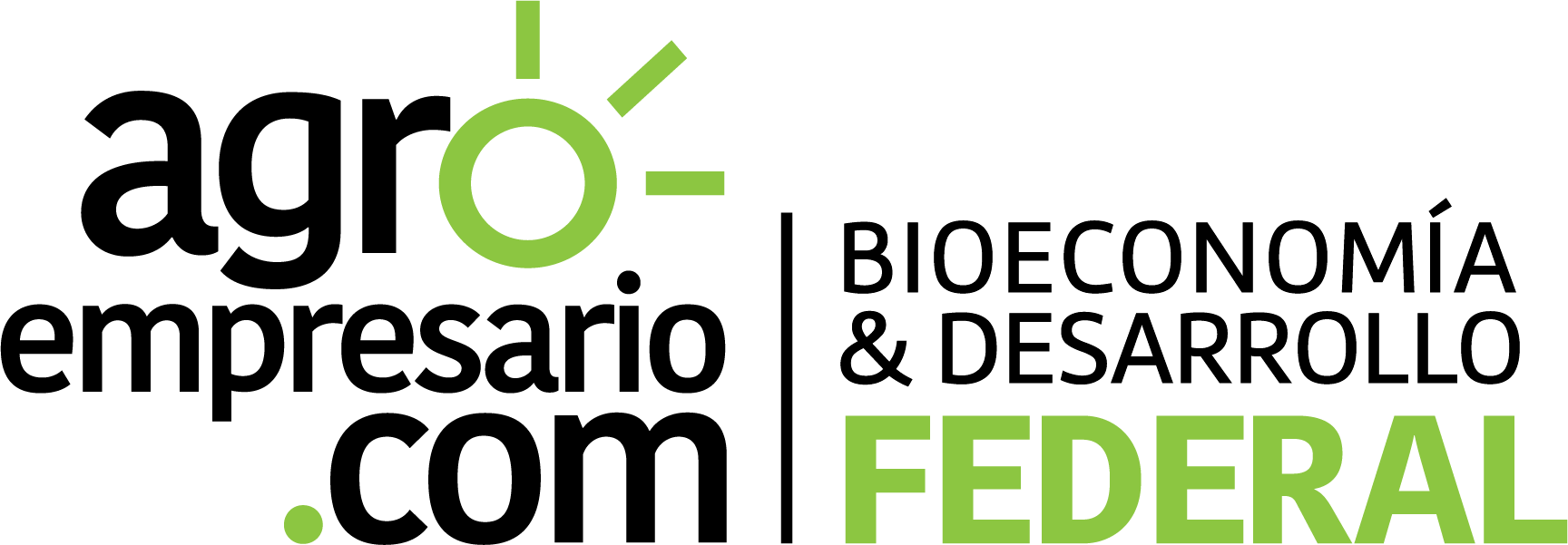
By Agroempresario.com
Atkins Ranch, a New Zealand-based network of family farms, has become a pioneer in regenerative lamb farming, demonstrating how sustainable practices can enhance animal welfare, soil health, and financial returns for farmers. Founded by John Atkins and Philip Guscot in the 1980s, the company emerged from a desire to bypass conventional commodity markets and sell premium lamb directly to US retail partners, including Whole Foods, while promoting ethical and regenerative agricultural methods.
According to Pat Maher, CEO of Atkins Ranch, regenerative agriculture is not a trend but a practical approach to improving the farm ecosystem. “Better soil leads to healthier plants, healthier animals, healthier people, and better products for consumers,” Maher told Agroempresario.com. He emphasizes that the focus is on continuous improvement, rather than perfect execution, making the approach more relatable to farmers who often view terms like “regenerative” or “holistic” with skepticism.
Today, Atkins Ranch is composed of more than 100 family-run farms across New Zealand, all practicing pasture-raised lamb farming using regenerative methods. The network has achieved several notable certifications, including non-GMO Project verification and Global Animal Partnership Step 4 accreditation, and is a founding member of the Savory Institute Land to Market Regenerative Leadership Council. These credentials not only provide validation to consumers but also demonstrate measurable improvements in soil, biodiversity, and livestock health.

Maher notes that the company’s regenerative strategy prioritizes farm-specific ecosystems. “Farmers know their land better than anyone else. Our role is to guide them on a journey of improvement,” he explained. Each farm focuses on building soil health, increasing pasture biodiversity, and integrating practices that enhance the lifecycle of the land, animals, and the final lamb products.
Technology plays a crucial role in quantifying regenerative outcomes and communicating progress to both farmers and consumers. Atkins Ranch partners with Carbon Crop, a company that uses satellite imagery to monitor carbon sequestration and track biodiversity improvements on farms. The platform provides historical data spanning 20 years, allowing the company to present tangible environmental benefits to consumers while reinforcing the value of regenerative practices.
The combination of technology and regenerative methods has positioned Atkins Ranch as a leader in sustainable lamb production. By measuring carbon capture, pasture health, and animal welfare metrics, the company ensures that its products meet the expectations of premium markets in the United States and beyond.
One of the main objectives of Atkins Ranch is to maximize returns for farmers, ensuring that profits are reinvested into the land and communities rather than being siphoned off to shareholders. “Our KPIs are about putting more money back into farmers’ pockets,” Maher explained. This approach aligns with the company’s founding mission to support farmers financially while delivering high-quality, ethically produced lamb to discerning markets.
Despite being based in New Zealand, the company’s retail strategy is heavily focused on the US. Long-standing partnerships have enabled Atkins Ranch to maintain a consistent presence in American supermarkets, although US tariffs and fluctuating commodity prices present challenges. “We need to work with retailers to ensure costs don’t become prohibitive for consumers while sustaining fair returns for farmers,” Maher said.
Atkins Ranch emphasizes transparency and respect for the animal lifecycle. Maher explained that the company ensures no part of the lamb is wasted: meat, wool, skins, and other byproducts are fully utilized, providing value and minimizing environmental impact. Consumers are encouraged to understand the full story behind their lamb products, from soil and pasture health to animal welfare and sustainable land management practices.
This consumer-focused approach reinforces the premium positioning of Atkins Ranch lamb, appealing to shoppers who prioritize ethics, sustainability, and nutritional quality. It also supports broader industry trends toward regenerative and high-value livestock production.
Sustainability at Atkins Ranch extends beyond regenerative practices. The company is actively exploring reductions in single-use plastics, transitioning to recycled and biodegradable materials where possible. This complements the regenerative ethos, ensuring that both the land and packaging have minimal environmental impact.
Maher highlights that regenerative agriculture is a lifelong journey: “Every season and every year brings new challenges. The goal is continuous improvement, not perfection.” This mindset is embedded in every aspect of Atkins Ranch operations, from pasture management to animal welfare and retail partnerships.

Atkins Ranch’s regenerative methods include rotational grazing, soil enrichment, biodiversity promotion, and careful water resource management. These practices increase the resilience of farms, improve pasture quality, and enhance the nutritional profile of the lamb. Through innovation and data-driven management, the company ensures that regenerative farming is economically viable and environmentally beneficial.
By integrating technology and storytelling, Atkins Ranch communicates the tangible benefits of its practices to consumers, retailers, and farmers alike. Satellite data, soil health measurements, and biodiversity tracking all contribute to a comprehensive picture of sustainable lamb production that goes beyond traditional marketing claims.
Looking ahead, Atkins Ranch plans to expand its regenerative footprint, improve consumer education, and explore new markets for premium lamb products. Maher noted that efforts will continue to focus on ethical farming, environmental stewardship, and maximizing financial returns for farmers. “Growth and awareness are key. We want retailers and consumers interested in regenerative practices to contribute to healthier ecosystems worldwide,” he said.
The company’s model demonstrates that regenerative agriculture can be a profitable, sustainable, and scalable alternative to conventional meat production. By putting farmers first, leveraging technology, and maintaining a commitment to environmental integrity, Atkins Ranch is setting a global example for how lamb farming can evolve in the 21st century.
